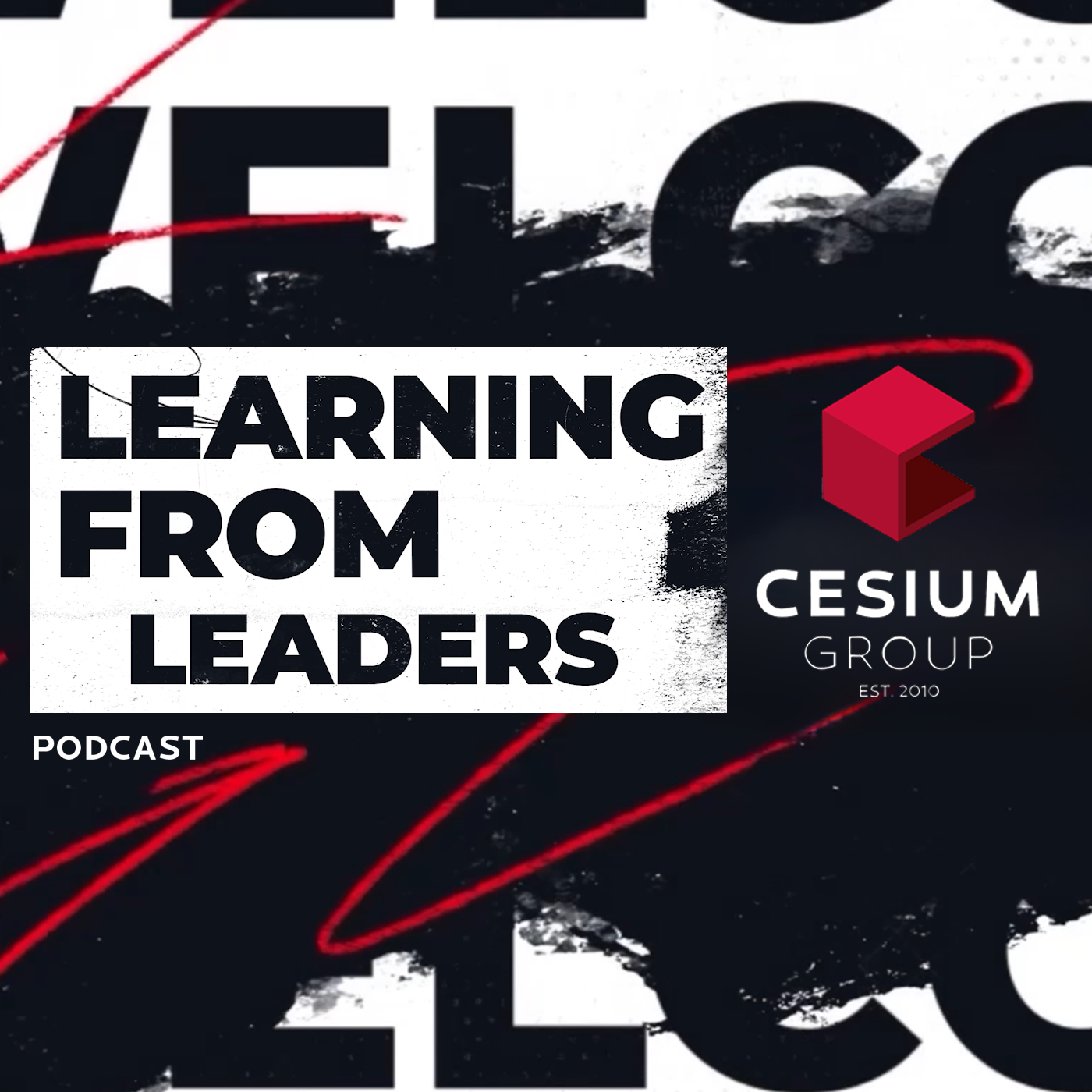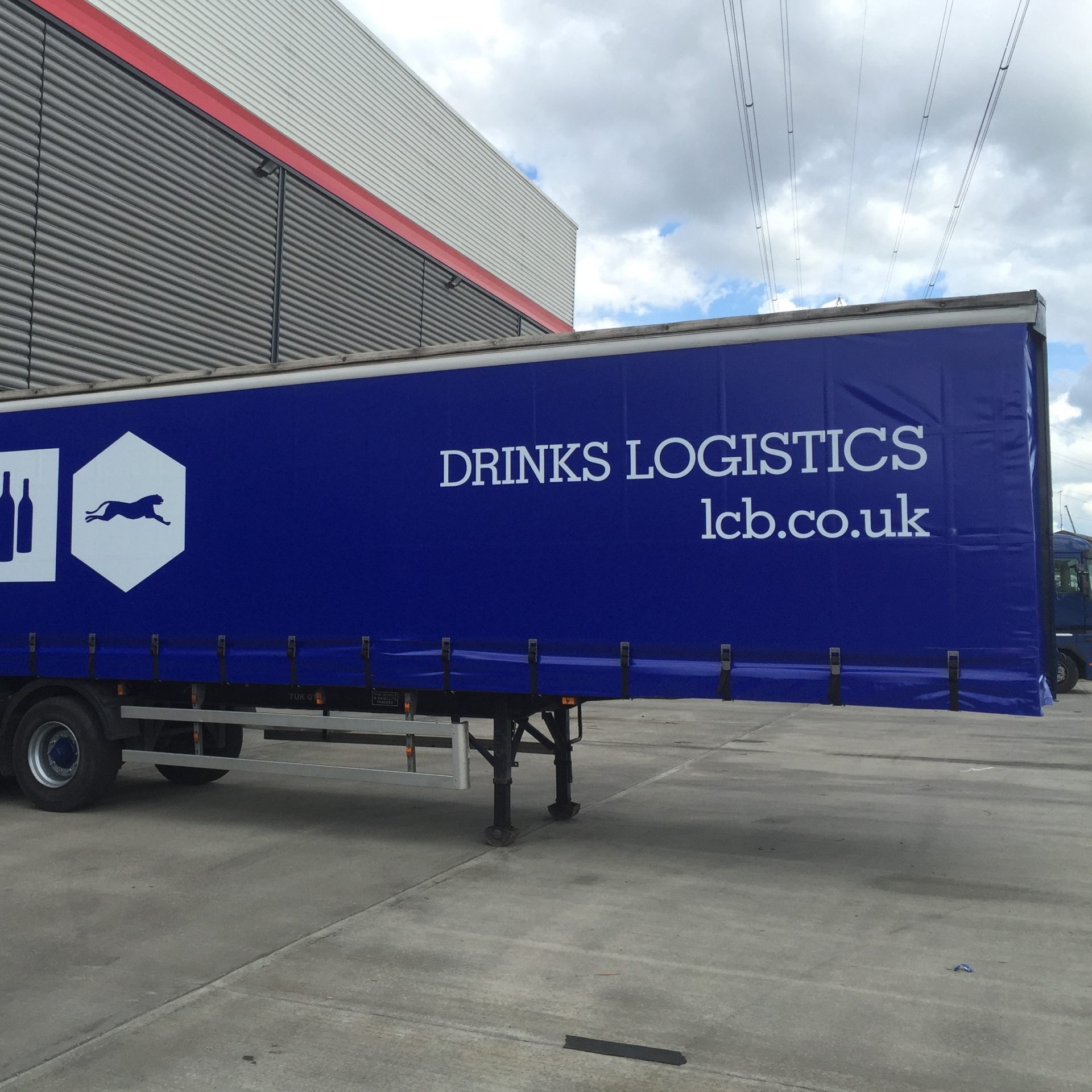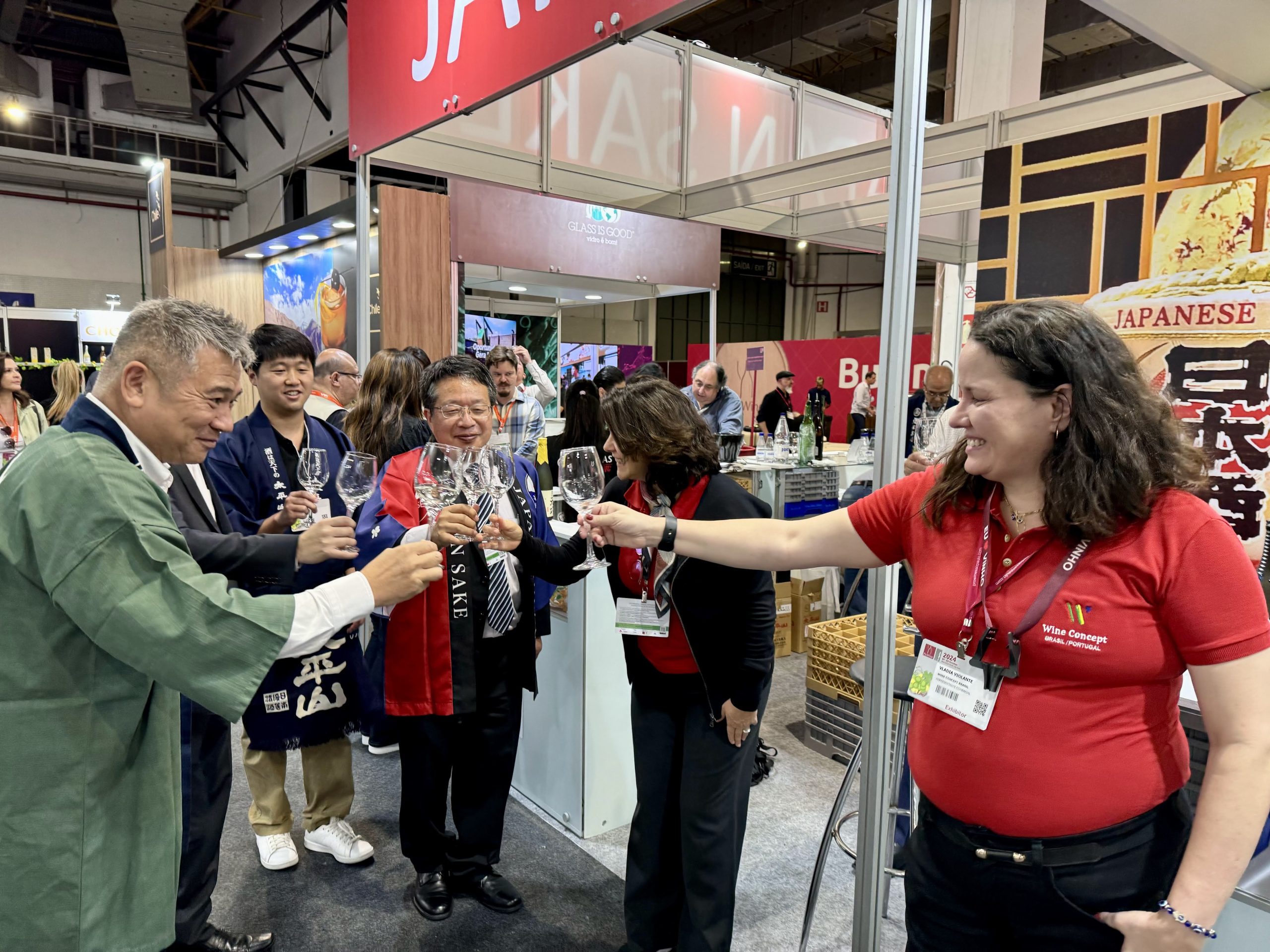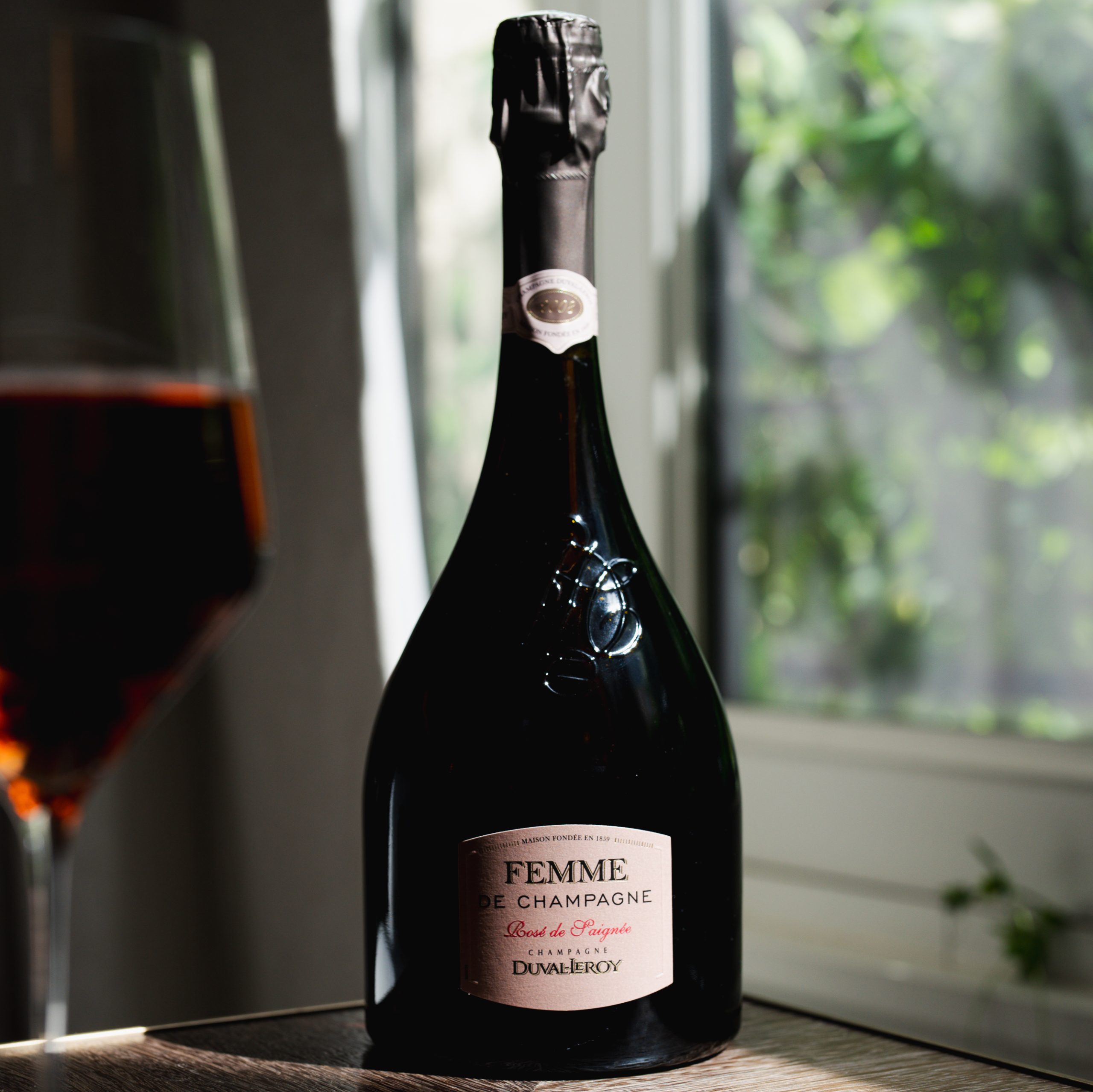This website uses cookies so that we can provide you with the best user experience possible. Cookie information is stored in your browser and performs functions such as recognising you when you return to our website and helping our team to understand which sections of the website you find most interesting and useful.
Portman Group weighs in on low alcohol debate
By Phoebe FrenchDrinks industry watchdog The Portman Group is urging the UK government to provide “clarity and consistency” on low alcohol descriptors in light of a recently opened public consultation on the topic.
Following news that The Department of Health and Social Care had opened up a public consultation on the descriptors used to refer to low alcohol products in March, The Portman Group is calling for “much-needed clarity and consistency for consumers” within the low alcohol sector.
As demand for low-ABV products rises, the existing descriptors are coming under increasing scrutiny. The sector is booming, with sales of low and non-alcohol drinks rising by 20.5% in the 12 months to 15 July 2017, according to Nielsen.
The market for and product range of beers, ciders and wines is increasing rapidly. Retailers such as Tesco, Lidl, Aldi and Marks & Spencer have all launched their own low alcohol wine range, while brewing giants Heineken, AB InBev and Carlsberg have been developing their non-alcohol offerings.
In craft beer, London now has two breweries dedicated to the production of low and no-alcohol beers (Nirvana and Big Drop) while newcomer Small Beer Brew Co., which brews beer between 0.5% and 2.8% ABV, has already struck deals with both Whole Foods and Majestic.
The current descriptors, which are due to expire in December this year, are as follows:
• Low alcohol – refers to a product with 1.2% ABV or below.
• Non-alcoholic – currently cannot be used in conjunction with a name associated with an alcoholic drink except for communion or sacramental wine.
• Alcohol free – the product must have 0.05% ABV or below.
• De-alcoholised – the product must have 0.5% ABV or lower.
Partner Content
While the use of these terms is not compulsory, if they are used, products must fulfil the criteria listed.
In response to the public consultation, The Portman Group suggested the following:
• Remove the term ‘de-alcoholised’ as consumers find this confusing
• Introduce a minimum strength of above 0.5% ABV to the category of ‘low alcohol’ to go up to and include 1.2% ABV
• Raise the ‘alcohol free’ threshold to 0.5% ABV from where it currently sits at 0.05% ABV and bring the UK into line with other European countries
• Both ‘alcohol-free’ and ‘non-alcoholic’ could be used interchangeably to describe products of 0.5% ABV or less, which would reflect current market-use and consumer perceptions.
John Timothy, CEO of Portman Group, commented: “The innovation in the low and no categories being led by producers and retailers is a great success story, and this is an opportunity for the industry and government to provide much-needed clarity and consistency for consumers.
“Updating the thresholds in a way that will bring UK regulations in line with existing practice in the majority of European countries will create a level playing field for drinks producers. This is especially important as the market for low and no alcohol drinks continues to grow”.





